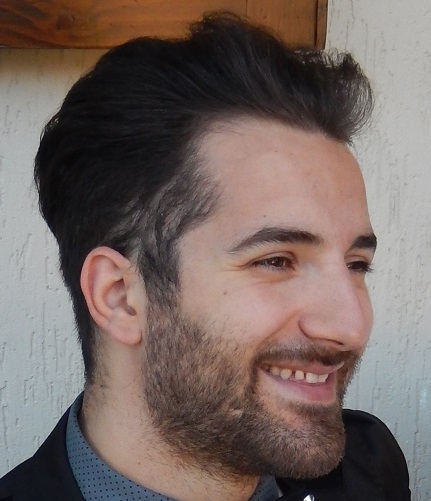 |
DIEGO SALVATORI
|
Home |
Curriculum(pdf) |
Pubblicazioni
2022
- A Multi-Physic Modelling Insight into the Differences between Microwave and Conventional Heating for the Synthesis of TiO2 Nanoparticles
[Articolo su rivista]
Poppi, G.; Colombini, E.; Salvatori, D.; Balestri, A.; Baldi, G.; Leonelli, C.; Veronesi, P.
abstract
Microwave-assisted synthesis of nanoparticles usually leads to a smaller and more uni-formly distributed particle size compared to conventional heating (e.g., oil bath). Numerical simulation can help to obtain a better insight into the process in terms of temperature distribution or to evidence existing different temperature profiles and heating rates between the two techniques. In this paper multi-physics numerical simulation is used to investigate the continuous flow synthesis of titanium oxide nanoparticles starting from alkoxide precursors. Temperature-dependent permit-tivity of reactants has been measured, including the effects of permanence at the maximum synthesis temperature. A temperature homogeneity index has been defined to compare microwave and conventional heating. Results show that when using microwave heating at 2450 MHz, in the inves-tigated conditions, a much higher temperature homogeneity of the reactants is reached. Moreover, reactants experience different heating rates, depending on their position inside the microwave ap-plicator, while this is almost negligible in the case of conventional heating.
2021
- Microwave Processing of PET Using Solid-State Microwave Generators
[Articolo su rivista]
Veronesi, P.; Colombini, E.; Salvatori, D.; Catauro, M.; Leonelli, C.
abstract
The present study addresses the possibility of using a frequency-controllable microwave source, that is, a solid-state microwave generator, to rapidly and efficiently heat PET. Based on dielectric properties measurement of PET, numerical simulation has been used to model dedicated microwave applicators, suitable for the rapid reheating of PET granules or preforms. Numerical simulation, validated by experimental activity, demonstrates that using the proper frequency change as PET is being processed allows to maximize heating efficiency or homogeneity. Two examples of microwave applicators, one for small-scale and the other for large-scale production are presented, specially addressing the effect of using different metals for the modeling and construction of the microwave cavity.